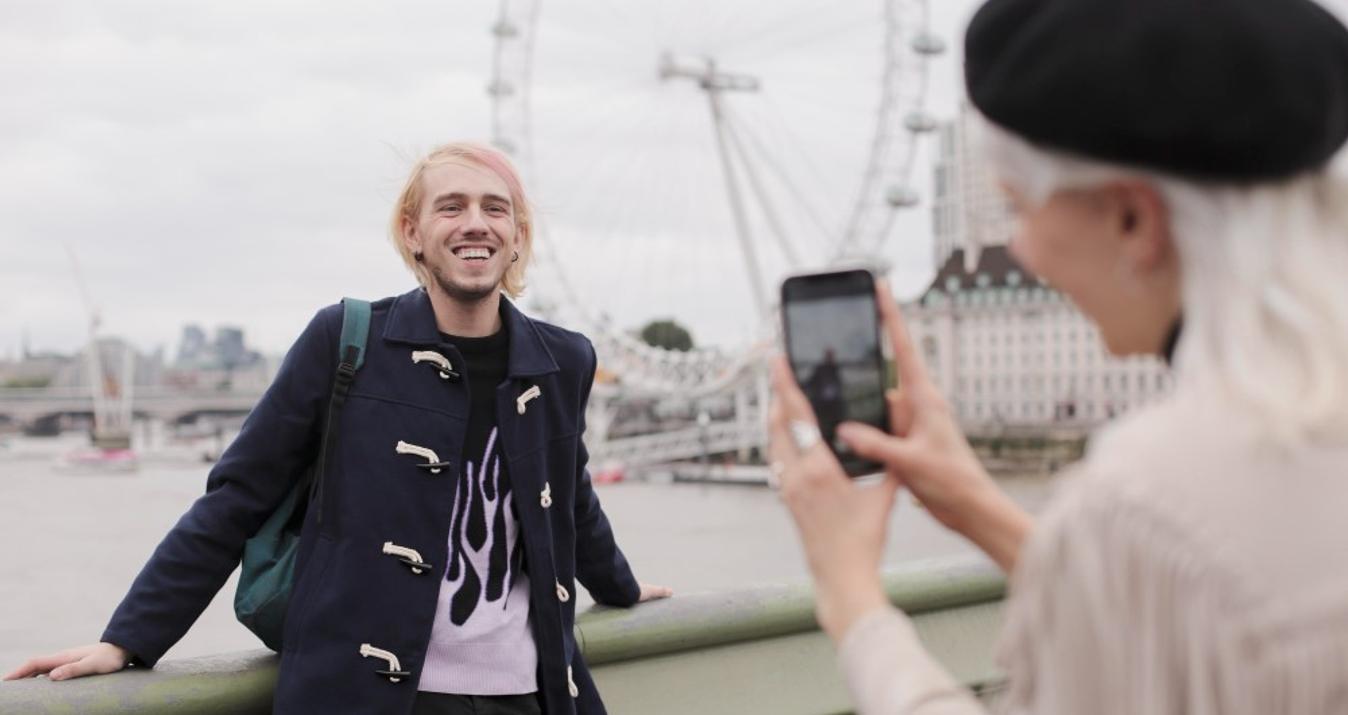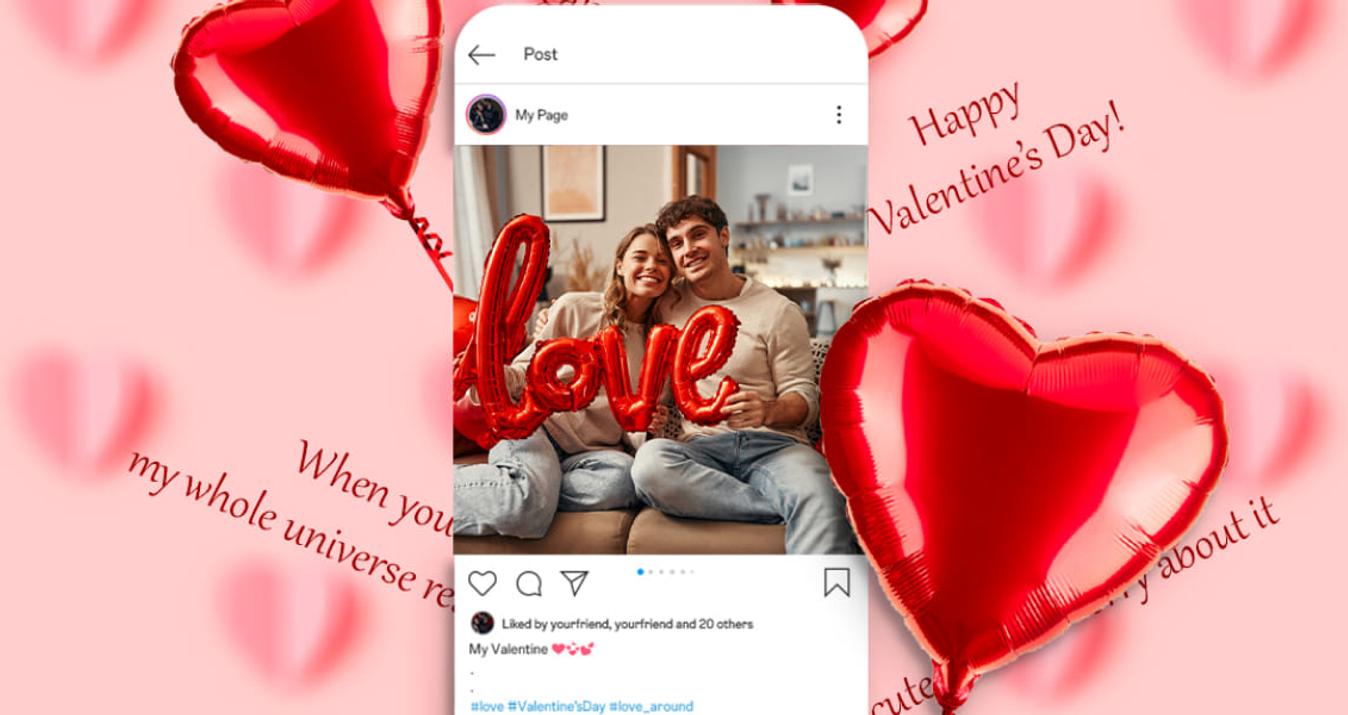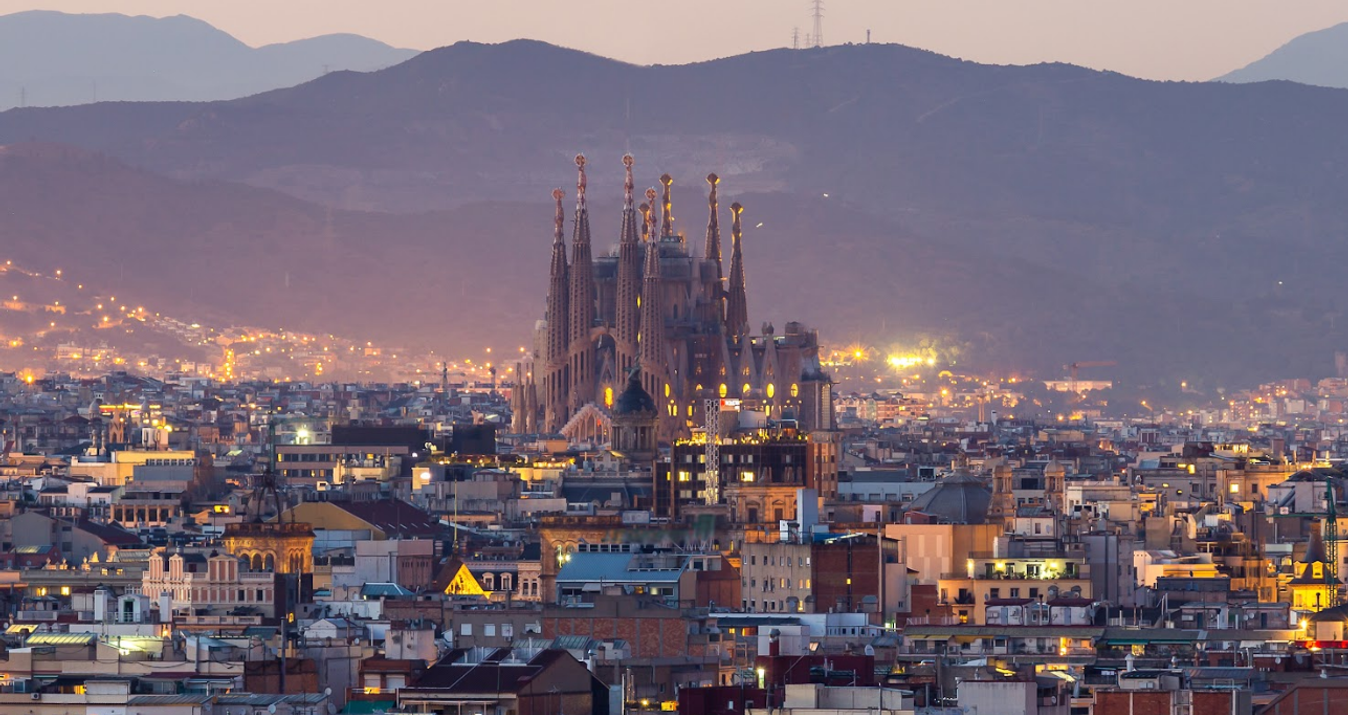Fake HDR Photography
May 04, 2016

You can turn any of your photos into an HDR image with the help of Aurora HDR Pro.
We all, at one time or the other, have come across stunning high dynamic range (HDR) images – in print or on the web. HDR imaging is quite a controversial issue.
For some photographers, HDR just means image retouching, with a large attention to enhancing the photo’s highlight, mid-tone and shadow details without overdoing it. Some others get tempted by the flexible enhancement options that they give an otherwise great image an unrealistic look, with an artistic effect rather than natural real life model.
Indifferent of your skillset or pro level, you can take your HDR results to a whole new level, and make pretty impressive. The question however is, how can this be achieved?
A quick answer is that you do not necessarily need a fancy camera or multiple HDR software programs. Aurora HDR all you really need.
Perhaps you’ve got only one image in JPEG, and you probably wish that you had it in the RAW format or would like to make it look better – it is nothing to be worried about. With Aurora, you can create a stunning high dynamic range photography look (Fake HDR) from a single image, in a few short moments.
Real HDR vs Fake HDR
Although HDR and Tone Mapping are sometimes used interchangeably, they do not mean the same thing. While HDR involves the capturing and processing of images that contain a variety of tonal details, Tone mapping is used to maximize a picture’s local contrast.
It is important to point out here that most people do not have HDR monitors with which to show the enhanced dynamic range information of their HDR files. Since directly scaling down the image’s tremendous dynamic range value would result in an awkward image with destitute contrast, tone mapping technique is therefore applied.
Furthermore, it’s important to point out that dynamic range and image noise can be said to be the opposites of each other – the higher the image-noise, the lower its dynamic range value, and vice versa. Also, tone mapping can be used to increase your image’s local contrast, however, starting with a low dynamic range image, will comprise the tone-mapped image and amplify its noise.
Fake HDR is simply the tweaking and processing of a single image as you would a series of bracketed exposures. In other words, the program automatically generates tonal variables for the picture and performs HDR processes on the ‘variables’ as though they were a series of bracketed exposures.
According to general guidelines of taking HDR photos, it's advised that the noise detail of perspective a fake HDR image be minimal I order to achieve a more excellent result. Nevertheless, Aurora HDR can be trusted Fake HDR processing in an extraordinary way.
Fake HDR Technique
As earlier mentioned, proper HDR photographs require taking, with a camera, three or more pictures of the same component, having varied exposures. These images are then merged together using a specialized computer software (HDR app) into a single HDR image that has a much better tonal range than any single one of its constituent images.
There was a time when the creation of fake HDR photograph was only achievable using HDR Photoshop techniques. There are now several dozens of HDR apps that can be utilized for making fake HDR photos – Aurora HDR being the chief of them all.
You’re probably familiar with Photoshop technique where you’re required to first open the image, then duplicate the layer, and modify or adjust the new layer. Then, of course, you perform image inversion, blurring, blend mode modification and image flattening – all these put together, offer a simplistic approach to creating a Fake HDR image in Photoshop.
Nevertheless, Aurora HDR provides an even more simplified and intuitive approach to creating stunning Fake HDR images from a single image, in moments.
Creating a Fake HDR image in Aurora HDR
As I earlier mentioned, Aurora HDR is an HDR specialist-app. Not only is the app powerful and highly intuitive, but it also offers you great flexibility and control in a manner that wouldn’t give the resultant image a dummy, artistic or unrealistic look.
Creating a fake HDR image in Aurora is pretty simple. But first I’d like to get you familiarized with the app’s full range of tools/work panels.
Aurora HDR’s editing environment consists of 4 areas, namely:
- Top Toolbar which plays a pivotal and multifunctional role
- Info panel features the Mask Layer Mode (MLM). It’s also responsible for displaying vital info about the image
- Sidebar shows Aurora’s workspace and features all its tools and layer options
- Bottom panel displays all of Aurora’s stylized presets settings
Aurora HDR’s loads of highly intuitive and very powerful tools allow one to perform significant enhancements, even on a single image. Furthermore, the app’s unique one-click presets can be used to create instant (Fake) HDR looks, that are also available as free trial version.
Aurora has more tools for creating stunning high dynamic range images than any other HDR app. It's an all-inclusive, HDR solution. Aurora takes away the inconvenience of doing your tone-mapping in one app, then switching to another program for noise reduction, textures, color enhancement, or anything else.
In addition to Aurora’s amazing HDR capabilities, its cutting-edge tone-mapping algorithms are designed to deliver realistic natural-looking HDR results in moments. Advanced tools like luminosity masking, layers, native RAW processing and more, are part of the several exciting options that make HDR photo creation in Aurora comfortable and pleasurable.
Conclusion
If you're in love with natural HDR looks or prefer an incredibly artistic HDR style, or would like to just enhance your photo without adding an HDR look to it, Aurora HDR is great at making your photo-wishes become incredible realities.






